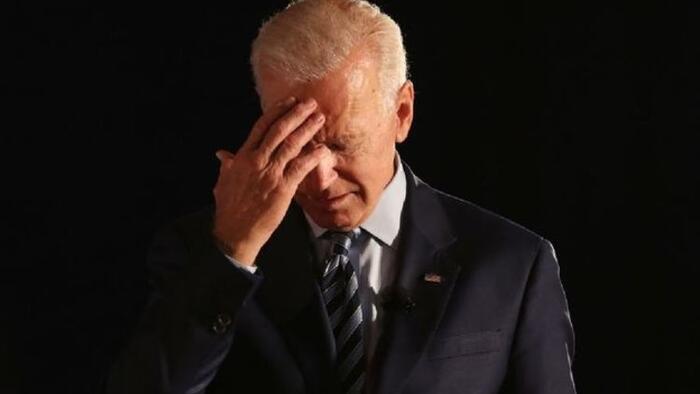Recent polling has revealed staggering discontent with President Joe Biden, labeling him as potentially the worst president in nearly half a century. A poll conducted by J.L. Partners showed that out of 1,006 registered voters, 44 percent categorized Biden among the two worst presidents, while a mere 14 percent ranked him in the top tier. This resulted in a net score of -30 for Biden, which significantly trails behind Richard Nixon’s -25 and Donald Trump’s -15. The findings highlight a polarized political landscape, with the president struggling to gain favorable opinions, marking a stark contrast even compared to his predecessors, Ronald Reagan and Barack Obama, who enjoyed similar favorability ratings overall.
The poll results serve as a reflection of the stark partisan divide in America’s political climate. While Nixon’s presidency has somewhat regained favor over time, current sentiments suggest that Biden’s reputation is likely to deteriorate further as time passes. Analysts like James Johnson, cofounder of J.L. Partners, remarked on the “diabolical” nature of these findings, indicating a perceived burden for Biden as an incumbent. The high unfavorability ratings he faces suggest an uphill battle for his administration to revitalize its image, especially in contrast to past leaders like Obama, whose unfavorables were higher, yet managed to maintain a more favorable overall ranking.
The discourse surrounding Biden’s presidency is uniquely critical; unlike former presidents who faced considerable external challenges, Biden’s administration is viewed as one that has actively created its own problems. Historical comparisons reference former President Jimmy Carter, who was often seen as a victim of circumstance during crises such as the Iranian Revolution. In contrast, Biden’s policies are perceived as intentional actions that have exacerbated issues like inflation, border control, and American prominence on the international stage. This intentionality places Biden in a distinct position that critics argue diminishes his ability to recover historically.
Looking ahead, the potential for Donald Trump to reclaim the presidency could further tarnish Biden’s legacy. Should Trump succeed in re-establishing a strong economy and effective foreign policy, the contrast to Biden’s presidency would become even sharper. The narrative would pivot towards celebrating a return to “cultural normalcy” under Trump, which could lead to greater scrutiny and disdain for Biden’s time in office. This perspective raises questions about what the future holds for Biden’s legacy and how history will judge both his presidency and its ramifications for the United States.
There remains a hope among some quarters that Biden’s legacy will be harshly assessed by history, particularly considering the perceived adverse impacts he has had on the nation. With deep-seated discontent among voters, there is an expectation that Biden will leave office facing significant negativity, ultimately severing any illusions of a successful tenure. As one commentator articulated, it is crucial for Biden to be acutely aware of the criticisms and sentiments regarding his presidency, suggesting that the consequences of his policies have fundamentally altered the perception of his time in power.
In conclusion, the stark realities revealed by recent polls expose a president grappling with severe disapproval ratings and the weight of a historically unfavorable legacy. Biden’s administration stands at a unique intersection of intentional policy choices that have led to significant challenges, driving a profound wedge in America’s political dynamic. As the nation potentially looks to the future with renewed leadership, the critical assessment of Biden’s presidency may linger, offering a cautionary tale for successors and a reflection of his enduring impact on the American political landscape.

